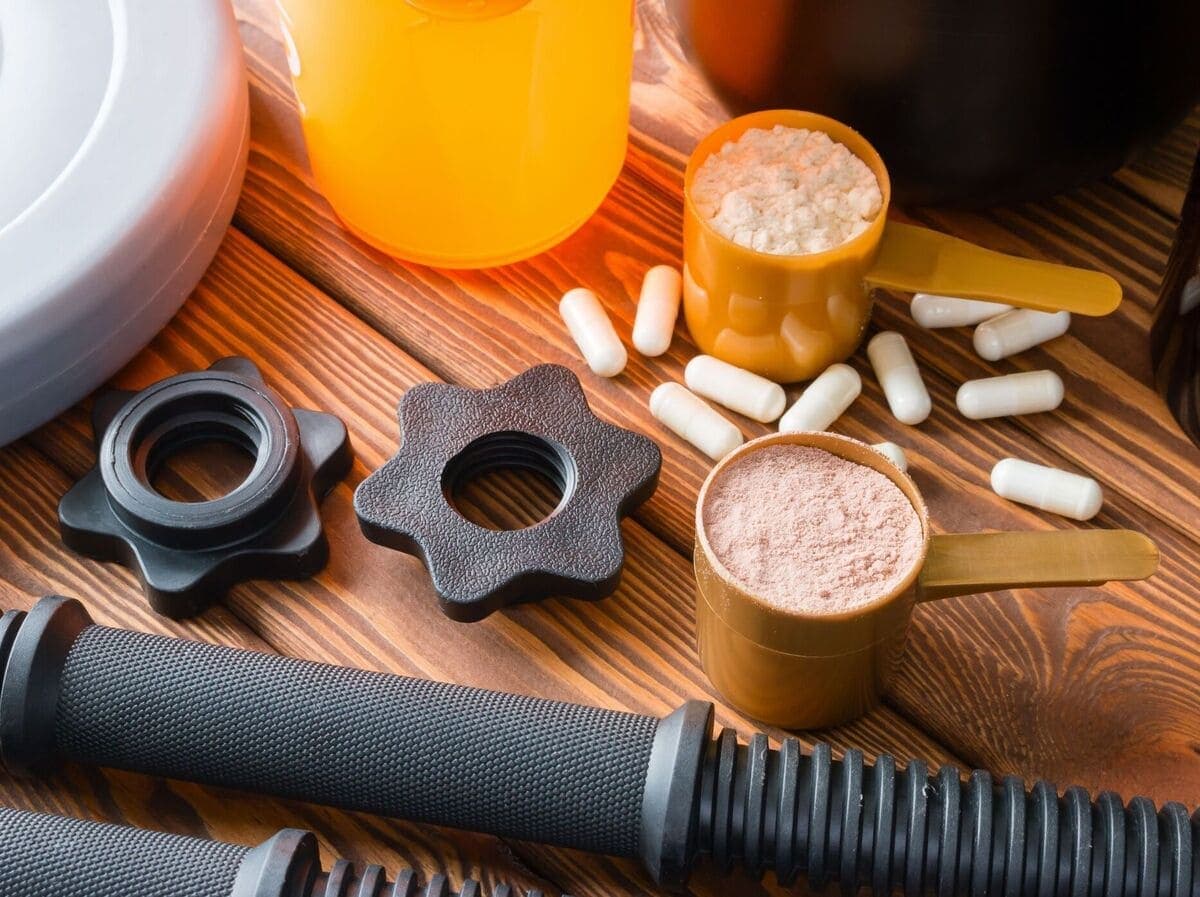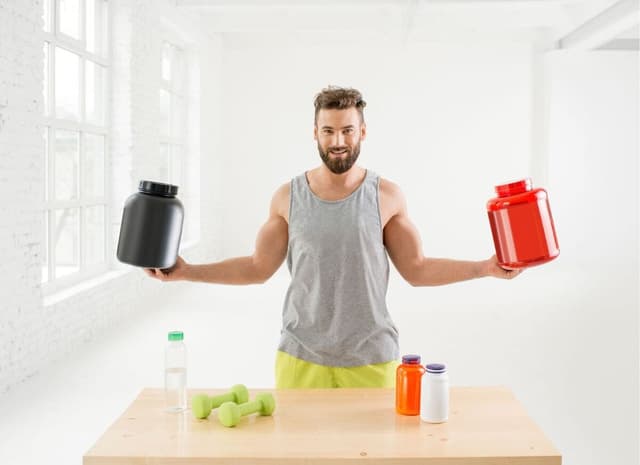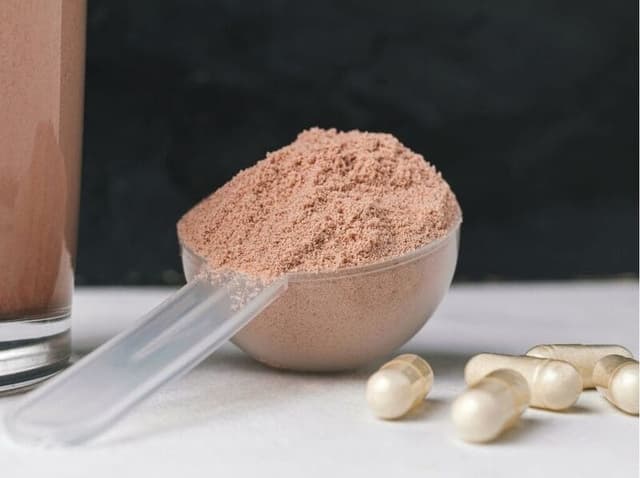Creatine Loading Phase vs. Gradual Dosing: Which Strategy Is Best for You?

February 24, 2024
When it comes to enhancing athletic performance and building muscle, creatine stands out as one of the most researched and effective supplements available. But with various dosing strategies out there, you might be wondering, “What’s the best creatine regimen for me?” Two popular methods are the creatine loading phase and gradual dosing. Understanding the differences between these approaches can help you decide which strategy aligns best with your fitness goals and lifestyle.
In this comprehensive guide, we’ll delve into both strategies, explore their benefits and drawbacks, and provide actionable tips to help you make an informed decision. Whether you’re a seasoned athlete or just starting your fitness journey, choosing the right creatine dosing strategy is crucial for maximizing results.
Understanding the Creatine Loading Phase
The creatine loading phase is a popular method designed to saturate your muscles with creatine quickly. This approach typically involves taking a higher dosage of creatine for a short period, followed by a maintenance dose.
What is the Loading Phase?
- Initial High Dose: Typically, the loading phase consists of taking about 20 grams of creatine per day, divided into 4 servings of 5 grams each, for 5-7 days.
- Purpose: The goal is to rapidly increase creatine stores in the muscles, leading to quicker performance benefits.
- Follow-Up: After the loading phase, you transition to a maintenance dose of around 3-5 grams daily.
Benefits of the Loading Phase
- Faster Results: Users may experience the benefits of creatine, such as increased strength and improved performance, within a week.
- Enhanced Muscle Saturation: Quickly saturating muscle stores can be advantageous for those looking to see immediate improvements.
- Convenient Transition to Maintenance: After the loading phase, maintaining creatine levels becomes easier with a lower daily dose.
Potential Drawbacks
- Gastrointestinal Discomfort: High doses can sometimes cause stomach upset, bloating, or diarrhea.
- Water Retention: Rapid intake may lead to increased water retention, which might be uncomfortable for some individuals.
- Cost: Consuming larger quantities initially can be more expensive.
Who Should Consider Loading?
- Competitive Athletes: Those needing immediate performance enhancements may benefit from the loading phase.
- Individuals with Limited Time: If you’re looking to see results quickly, loading can expedite the process.
Gradual Dosing: A Steady Approach
In contrast to the loading phase, gradual dosing involves taking a consistent, lower dose of creatine without the initial high intake. This method allows your muscles to saturate with creatine over a longer period.
How Does Gradual Dosing Work?
- Consistent Intake: Typically, you take about 3-5 grams of creatine daily from the start.
- Extended Saturation: It may take around 3-4 weeks to fully saturate your muscle creatine stores.
- Maintenance: Once saturated, you continue with the same daily dose to maintain optimal levels.
Advantages of Gradual Dosing
- Reduced Risk of Side Effects: Lower doses minimize the chances of gastrointestinal issues and water retention.
- Cost-Effective: Spreading out the creatine intake can be more economical in the long run.
- Simplicity: No need to switch between high and maintenance doses, making it easier to adhere to.
Considerations and Challenges
- Slower Results: It takes longer to experience the full benefits compared to the loading phase.
- Discipline Required: Consistency is key, as missing doses can delay muscle saturation.
Our Top Recommendations

Optimum Nutrition Micronized Creatine Monohydrate Powder
Micronized for easy mixing, supports muscle growth and endurance.
See on Amazon$0.35 per 5g serving

Nutricost Creatine Monohydrate Micronized Powder
Third-party tested, non-GMO, 5g of pure creatine per serving.
See on Amazon$0.2 per 5g serving

NSF Certified, supports muscle power and recovery.
See on Amazon$0.46 per 5g serving

ProMix Creatine Monohydrate Powder
Micronized, additive-free, ideal for performance and recovery.
See on Amazon$0.36 per 5g serving

NOW Foods Sports Nutrition Unflavored
100% pure creatine, GMP certified, boosts strength and endurance.
See on Amazon$0.2 per 5g serving
Who Might Prefer Gradual Dosing?
- Beginners: Those new to supplementation may prefer a gradual approach to assess tolerance.
- Individuals Sensitive to Creatine: If you’re prone to side effects, gradual dosing can help mitigate discomfort.
Which Strategy Is Best for You? Practical Tips and Recommendations
Deciding between the loading phase and gradual dosing depends on your personal goals, lifestyle, and how your body responds to creatine. Here are some practical tips to help you choose the best approach.
Assess Your Goals
- Immediate Performance Boost: If you need to see quick improvements, the loading phase might be more suitable.
- Long-Term Maintenance: If your focus is on steady progress without the need for rapid saturation, gradual dosing is ideal.
Consider Your Schedule
- Competitive Timeline: Athletes with upcoming competitions may benefit from the quick saturation of the loading phase.
- Flexible Routine: Those with a more flexible schedule can opt for gradual dosing without feeling rushed.
Evaluate Your Tolerance
- Sensitive Stomachs: If you’re prone to digestive issues, starting with a gradual dose can help your body adjust.
- No Previous Issues: If you’ve used creatine before without problems, the loading phase could be a viable option.
Practical Steps to Implement Your Chosen Strategy
Loading Phase Implementation
- Start with High Doses: Take 20 grams of creatine daily, split into 4 doses of 5 grams each, for 5-7 days.
- Monitor Your Body: Pay attention to any side effects like bloating or discomfort.
- Transition to Maintenance: After the loading period, switch to 3-5 grams daily to maintain muscle saturation.
Gradual Dosing Implementation
- Consistent Daily Intake: Start with 3-5 grams of creatine each day without increasing the dose.
- Stay Consistent: Ensure you take your creatine at the same time each day to build a routine.
- Monitor Progress: Track your performance and muscle gains over a few weeks to assess effectiveness.
Combining Strategies
Some individuals find success by combining both approaches. For instance, starting with a loading phase for the first week and then maintaining with a lower dose can offer a balance between quick results and sustained benefits.
Additional Tips for Maximizing Creatine Benefits
- Stay Hydrated: Drink plenty of water to help your body process creatine effectively.
- Pair with Carbohydrates: Consuming creatine with carbs can enhance its uptake into muscles.
- Choose the Right Supplement: Opt for high-quality creatine monohydrate, known as the best creatine for effectiveness and affordability.
Choosing between a creatine loading phase and gradual dosing ultimately depends on your individual goals, schedule, and how your body responds to supplementation. The loading phase offers quicker saturation and faster results, making it ideal for those seeking immediate performance boosts. On the other hand, gradual dosing provides a steadier, more cost-effective approach with fewer side effects, perfect for beginners or those with sensitive systems.
Regardless of the strategy you choose, incorporating the best creatine supplement into your routine can significantly enhance your athletic performance, muscle growth, and overall fitness. Remember to stay consistent, monitor your progress, and adjust your dosage as needed to achieve optimal results.






